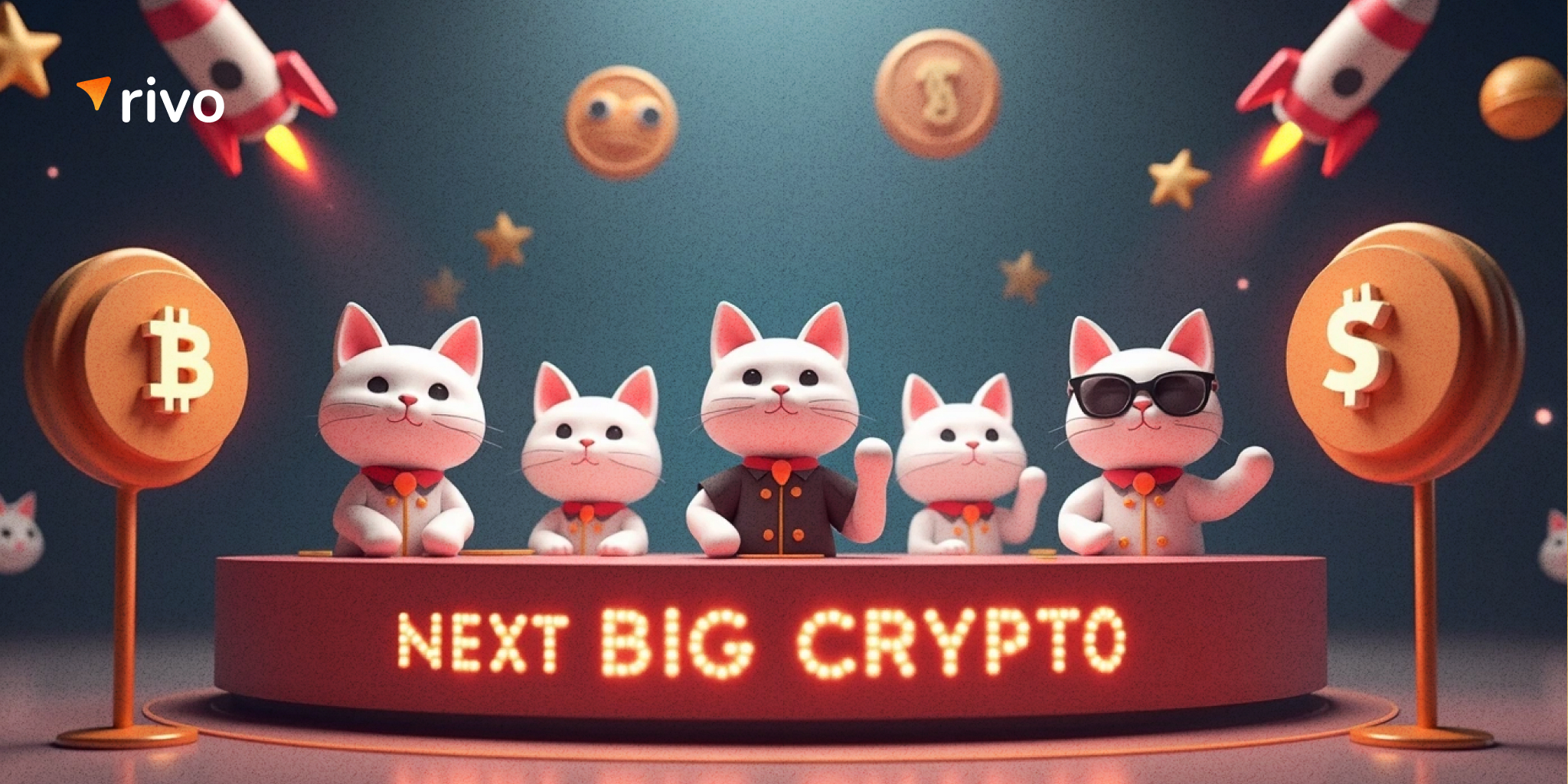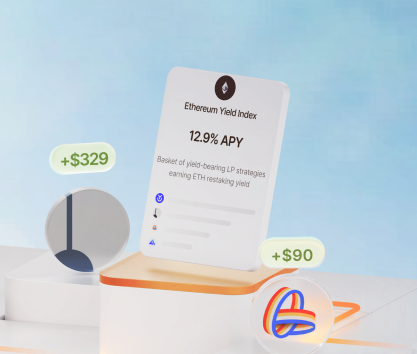According to research, close to 24.5% of all investors who are considering entering the DeFi ecosystem believe that difficult onboarding is the second-biggest issue for newcomers. Finding the right digital asset to work with can be quite challenging even for experienced professionals. Many beginners often struggle to identify sound investment strategies and end up losing money or simply never taking the necessary risk to achieve success.
Despite some problems with onboarding and user experience, there are many easy crypto investments for people who want to create a high-performance portfolio using various cryptocurrencies offered by the DeFi sector. The learning curve is quite steep, but once you’ve reached a certain level of knowledge, the sailing is pretty smooth.
Bitcoin and Ethereum basics
If you do not have any experience with crypto, understanding the foundational digital assets is a must. Bitcoin is still the biggest coin in the market. As of the time of writing, Bitcoin dominance is at 63.37%, and the current market cap is over $1.56 trillion. The bulk of cash inflow in the cryptocurrency market is created by investors who want to use this valuable asset as a store of value or as a hedge against fiat inflation.
Here are some important facts about it:
- The architecture of the Bitcoin blockchain network does not allow for intricate direct upgrades. The vast majority of DeFi products are cumbersome layer-2 solutions.
- All transactions within the Bitcoin network are irreversible, and the data is immutable. All investors must always remember that.
- Bitcoin is the biggest proof-of-work network. While it is possible to stake BTC in the DeFi ecosystem, staking is not supported natively.
Ethereum is a slightly different beast. It was created as a functional development environment that other crypto enthusiasts can use to build new decentralized solutions. While it was not intended strictly for financial instruments, the Ethereum Virtual Machine is the heart and soul of the DeFi ecosystem. ETH is a massive digital asset that has a solid 7.62% dominance in the crypto market.
Here are some of the important facts about Ethereum:
- EVM is the largest DeFi ecosystem with over 20 million unique wallet addresses and over 10 thousand protocols.
- ETH has been performing quite well throughout the years. Although its price is back to where it was three years ago, it is still trading well above its launch price.
- To combat inflation, the network “burns” some of its tokens regularly. The mechanism is also used in staking to prevent oversupply of freshly minted tokens.
These are the fundamental digital assets used by all crypto enthusiasts. However, many newcomers acquaint themselves with something more familiar. Stablecoins for new investors are often among the first purchases within the DeFi ecosystem. These tokens are pegged to a reference asset (usually, the US dollar) and do not frighten newbies.
The first such token was the one issued by MakerDAO, a decentralized autonomous organization that has been doing great since its introduction to the world of finance. Recently, the DAO has been expanding into the real-world assets field.
While it seems that something like DAI or USDC is the best cryptocurrency for beginners, it is hugely important to move from these tokens to complex digital assets offering more flexibility, better investment outcomes, and even stronger protection from fiat inflation.
The entry barrier, created by the complexity of technology, novelty of financial instruments, and variety of strategies, is quite high. Nonetheless, it is imperative for contemporary investors to explore the exciting world of DeFi and hedge against various risks associated with traditional markets and fixed-income assets.
How to start with crypto investments
If you do not have any experience with these digital assets, it is a good idea to proceed with caution. Learning the basics is quite important. Don’t jump headfirst into the chaos of the crypto market. Instead, take your time to study the ecosystem and its tools.
Here’s a simplified step-by-step guide for newcomers who want to learn more:
- Choose digital assets based on social media sentiment and your personal research.
- Download a compatible crypto wallet. For instance, the most popular Ethereum wallet is MetaMask.
- Go to the DEX or CEX that you want to work with. Good examples are Uniswap and Curve DAO.
- Purchase tokens that you want using the P2P exchange or CEX to get started.
- Most EVM wallets can directly connect to DeFi protocols. Metamask, TrustWallet, and Rivo can do it.
From here, the journey is pretty much straightforward. However, it is a good idea to visit educational platforms like Coursera or CoinMarketCap Academy to study the basics and be prepared to work with various DeFi protocols.
How to pick a good token
The decentralized finance ecosystem is quite dangerous for newcomers who do not know much about the blockchain industry and its many pitfalls. Beginners should be very careful when interacting with any protocols.
Here are some good tips to pick the right digital assets:
- Avoiding crypto scams is important. The DeFi ecosystem is still largely unregulated. The prevalence of pump-and-dump schemes and fraud can be frightening. It is a good idea to work with trustworthy protocols that have been around for years. Aave, Curve DAO, Lido, and many others are reliable platforms.
- Use good software. Your entry points are quite vulnerable. You should use digital crypto wallets that are respected by the community. There are many choices for newcomers. Many contemporary secure crypto wallets are designed to be as user-friendly as possible. Atomic, Trust Wallet, MetaMas, Rivo Wallet, and many other applications are excellent choices.
- Focus on investment strategies that do not increase exposure too much. Many newcomers make the fatal mistake of purchasing risky assets or investing in protocols that promise incredible returns. For instance, many beginners decided to put money into memecoins proliferating on Solana during the second DeFi craze in 2024. However, these investments did not yield any returns for the vast majority of investors.
- Use specialized tools and platforms. It is a good idea to use various portfolio tracking instruments like CoinGecko, Trust Wallet, De.Fi, and others. Various DeFi aggregators are useful sources for information. DeFiLlama and CoinMarketCap are quite good when you need additional context to make an informed decision.
The future of beginner-friendly coins
One of the most noticeable trends within the DeFi ecosystem is the focus on UX/UI. Many protocols launch with interfaces that invite newcomers to explore without overwhelming them with unnecessary technicalities. It means that more digital tokens will be user-friendly from the get-go.
However, picking good options for your portfolio will be a challenge despite rapid improvements in user experience. A good solution is to work with platforms that provide solid financial advice and assistance.
Rivo is a great destination for all newcomers to the DeFi ecosystem. Here, you can choose from a rich selection of investment strategies picked by professionals and carefully vetted by trained specialists. The platform does the due diligence on your behalf and allows you to pick low-risk crypto options or focus on something that promises lucrative returns.
Visit the Rivo Yield Marketplace to explore various investment strategies designed for newcomers or talk to the Maneki AI virtual assistant and allow it to help you pick the right option.









